|
We love Impressionist painting! That color, light, brushwork and so satisfying depictions of everyday scenes. No wonder so many artists want to learn that loose, Impressionist style. In this article and tutorial you will learn seven important techniques the Impressionists like to use. Adapt these techniques and practice them to give your paintings that loose and Impressionist feel.
Let's begin:
What is Impressionist Painting?
The term Impressionist was inspired by Claude Monet's painting "Impression Sunrise" which is an 1872 painting by Claude Monet first shown at what would become known as the "Exhibition of the Impressionists" in Paris in April, 1874. The painting is credited with inspiring the name of the Impressionist movement. Impression, Sunrise depicts the port of Le Havre, Monet's hometown. Impressionism was a pivotal change in approach by artists. For them painting everyday scenes with the prevailing light and atmosphere was important. Also the artist’s personal response and mood came through as well. This was a momentous shift away from the Old Masters who painted scenes from the Bible, monarchy or ancient folklore with little concern for the everyday environment. Most Impressionists painted what they saw and how they felt about what they saw. And they tried to capture the momentary effect of light on the human eye. (Keep a look out for my course How to Paint Like an Impressionist below)
Let Nature Be Your Guide
In addition to the Impressionists' interest in light, they were also influenced by the idea of naturalism. Naturalism was the belief that nature was the best source of artistic inspiration. Camille Pissaro, one of the father’s of Impressionism, said "Let nature be your guide." Their goal was to capture the fleeting moments of reality as it passed before their eyes. They painted scenes outside and inside and even regular common people toiling or having fun. It was art for everyman and it became a sensation. Impressionism wasn't actually a single style of art. Instead, impressionism refers to a group of styles that emerged from the mid 19th century and peaked around 1915. These included plein air (painting outdoors), landscape, still life, marine, animal studies, figure, portrait, and genre scenes. The term impressionism was coined because the artist's goal was to produce images that seemed to come straight out of nature. To achieve this effect, the artists often focused on capturing the effects of light. In addition, they usually painted in bright, vivid colors. In the late 1800s, several French artists such as Claude Monet, Camille Pissaro, Sisley , Renoir and Degas developed the Impressionist style. Claude Monet took this style the furthest. He preferred working outdoors, where he could paint directly into his canvas. Let us now look at important techniques that you will need to explore.
7 Tips to an Impressionist Style
Impressionism is one of those artistic movements that people either love or hate. There are many different schools of thought about what makes up an impressionist painting. Some say that impressionists painted loosely, others say that they painted realistically, and there are even those who think that impressionists painted too much. Whatever school of art you subscribe to, it seems that everyone agrees that the key to creating an impressionist painting is to avoid being too exact. This doesn't mean that you shouldn't strive for accuracy; it simply means that you don't want to overthink every brushstroke. Here are six tips to help you achieve a loose, impressionistic look. 1. Start Well The most common mistake that beginners make when trying to learn how to paint impressionistically is thinking that they must start with a detailed sketch. While a sketch might work well for certain subjects, it won't necessarily translate into a successful painterly piece. Whether you are working from a photo or from life it is best to start with isolating the big light and dark shapes. Do this with big marker pens in a sketchbook. What we call a notan study. See my free course on how to do this. Keep this in mind: it is the light and dark values that make a painting succeed from the start. Start positively by looking for all the big, simple shapes and you will see a strong painting emerge. Ideally a scene will be made up of no more than four basic values. Once your notan studies are worked out you will have two big issues out of the way namely:
2. Use large brushes
Painting like an impressionist requires a lot of practice. If you want to learn how to paint like one, you must start with big brushes. Start slowly and work progressively faster over time as your brushwork confidence grows. You might think that painting with big brushes is impossible because you see so many tiny shapes in the scene. There are many ways to approach this challenge. First use the notan study approach described above. Also choose a subject that you know well, such as a favorite landscape. The key is to find a topic that interests you—and then simply focus on capturing the big shapes. The most important thing about learning how to paint with large brushes is to keep the idea of creating big shapes. It helps to squint at your scene a little. Close your eyes halfway and the little details disappear. Paint the shapes of what is left behind when you use this trick. Don't worry too much about perfect technique; just let go and allow yourself to paint freely. As you progress, you'll discover that you can achieve beautiful effects without having to spend hours perfecting each stroke.
3. Avoid Perfectionism
Another common mistake that beginning painters make is that they spend way too much time perfecting each stroke of their brush. As soon as you begin to feel yourself getting tense, pull out your big brush and give yourself permission to restore those big shapes. Don't worry about making sure that your strokes match perfectly or are blended. You want to avoid blending your strokes away. Texture is good. That is why I prefer bristle brushes and oil paint. Have fun letting your creativity flow.
4. Use Broken Color
Monet didn't want to paint realistic landscape paintings; rather, he wanted to capture beautiful scenes from life. He did so by employing techniques such as using broken color schemes. To help viewers see the effect of light, he broke down the color into smaller sections. As a result, the colors comprised smaller shapes next to and overlapping each other. When viewed at a distance, they seemed to be one solid color. But there was still something different going on. The blue sky seemed to vibrate and have a liveliness to it. When you get up close, the different colors become visible as a patchwork of different hues. This is an example of how Impressionists use color temperature to create vibrating color within a larger space. It adds variety to the scene by breaking up the monotony and creating a sense of movement and perspective. Many impressionist painters like Renoir and Degas also experimented with the technique. Even post-Impressionists like Vincent Van Gogh used broken color. Today, it's a common practice among contemporary Impressionist artists. 5. SimplifyPainting is one of those things where there is no "right way". There is just your way. And everyone else’s way. But while we might think our way is better than someone else’s, the truth is that the best paintings are usually the ones that use the least number of strokes. In fact, some people say that the most successful painters are the ones who are able to do lots of different styles of art in one piece. This is because they understand how to simplify everything down to its bare essentials. The reason why you don't see many great artists trying to copy each other's style is because they know that the key to success is to focus on getting the basics right. They know that if they spend too much time focusing on the little details, they'll lose sight of the big picture. So, if you're looking to improve your painting skills, here are three tips to help you simplify your work without losing the impact of the image. 1. Simplify the subject matter If you look at a lot of paintings, you'll notice that they tend to feature very similar subjects. For example, landscapes usually include mountains, trees, waterfalls, etc. If you take a closer look, you'll find that almost all of them contain exactly the same elements. So, if you want to make sure that your painting stands out, you shouldn't add more and more elements to it. Instead, you should simplify the subject matter. 2. Add less colors When you paint, you probably add a lot of color to your canvas. But, if you really want to stand out, you should consider simplifying your palette. When you reduce the amount of colors used, you force yourself to focus on the main aspects of your painting. By doing so, you'll end up creating something that looks more interesting and unique.
6. Use a Small Palette of Vibrant Colors
You will note that the Impressionists palette of colors differed from the Old Masters. The latter is painted with mostly earthy colors. The Impressionists had the advantage of more color innovations as technology improved during the Industrial Revolution. Oil paints became cheaper, more colors were available and the paint tube meant you could purchase paint ready to be used from the tube. It was also easier to transport paint to any painting destination. Painting vibrant and colorful nature means having the appropriate color palette. A good starting palette includes: Titanium white Ultramarine Blue Cerulean Blue Cadmium yellow lemon Cadmium yellow deep Cadmium red light Alizarin crimson (or Quinacridone red) Burnt Sienna Yellow Ochre Cadmium orange I have not included greens as you can mix authentic greens with these colors. See this color mixing video for a guide on this topic. You may note that there are warm and cool versions of the primary colors. For more on color temperature please view this tutorial. Color temperature is an important concept for Impressionist painting. This palette is comprehensive, but small enough so that you do not get too confused with many colors. Fifty tube colors will only lead to muddy colors. Another advantage is that this palette encourages you to mix colors. Therefore your color mixes will have a natural harmony. This is because the colors mixed come from a common source. Color harmony is important as it creates a cohesive picture surface.
7. Explore Color Temperature
Many of the greatest Impressionist painters used contrasting warmer and cooler colors to paint beautiful pictures. Warm sunny landscapes against cool shadows dominated with blue, violet or cool greens. Consider complementary colors where one is dominant. A yellow wheat field with a blue violet line of trees in the distance. Perhaps an orange sky at sunset against a hazy blue ridge of mountains. Shadows can also be colorful with blues, violets, cool reds and or a series of cool grays. For more on this topic consider this tutorial on color temperature. Study the Impressionists Finally it must be said that constant study and practice is the key to mastering Impressionism. It is not as easy as it may seem at first. What I have discovered is that brushwork and color selection becomes personal like a signature. This development over time leads to your own distinctive style. This makes it very difficult for someone to copy another Impressionist. There are so many expressive quirks that are unique to each artist's emotions and personality. This is also why I love Impressionism. I know that my personal response to a subject comes out in the work. It is not an illustration, but rather a unique expression. Take the Course!
|
AuthorMalcolm Dewey: Artist. Country: South Africa Archives
June 2024
Categories
All
FREE
|
|

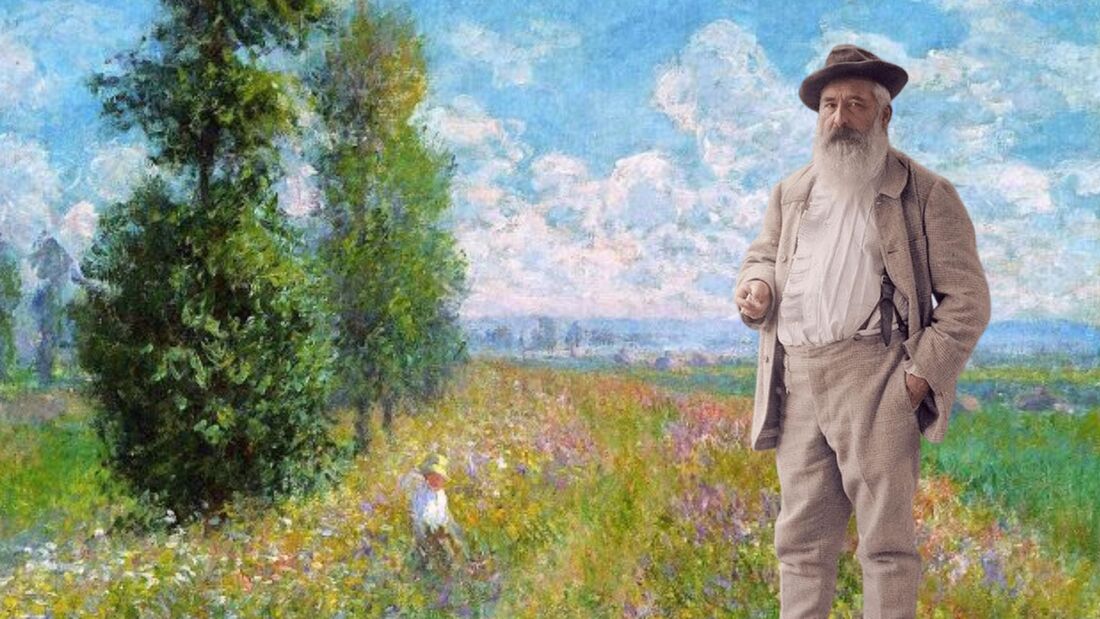
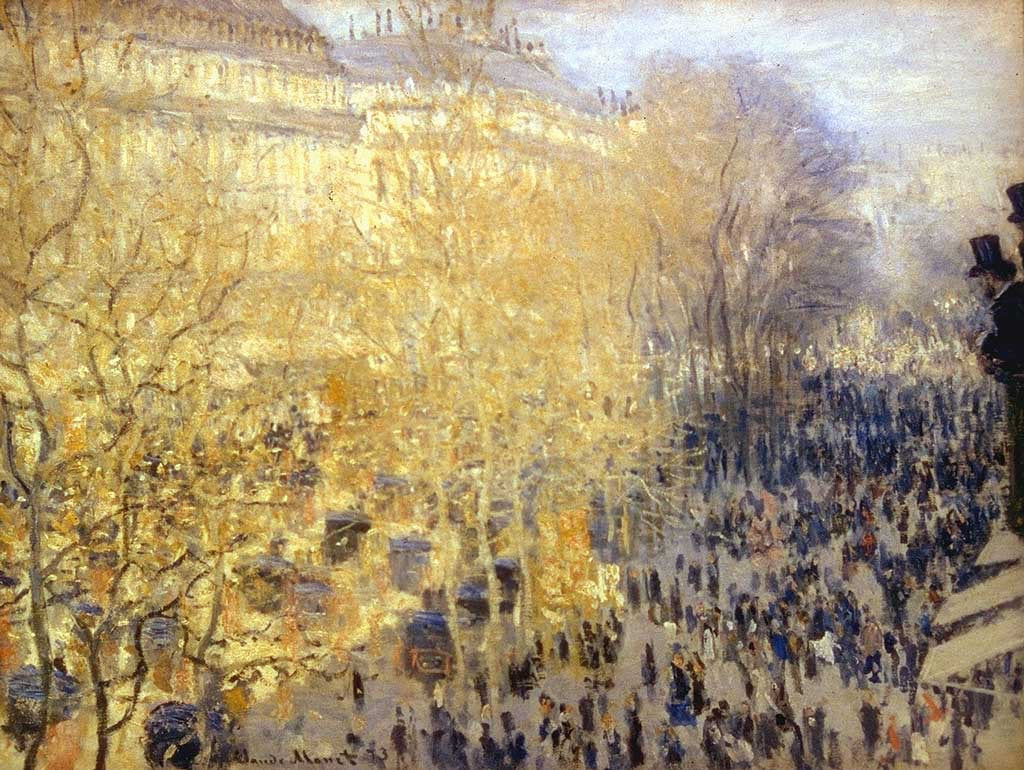
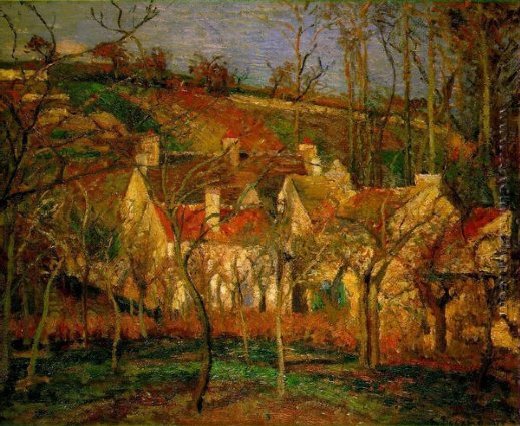
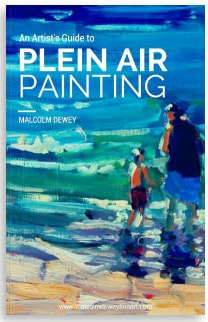
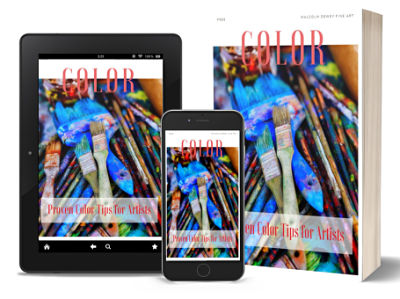

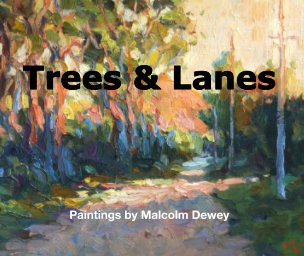





 RSS Feed
RSS Feed






